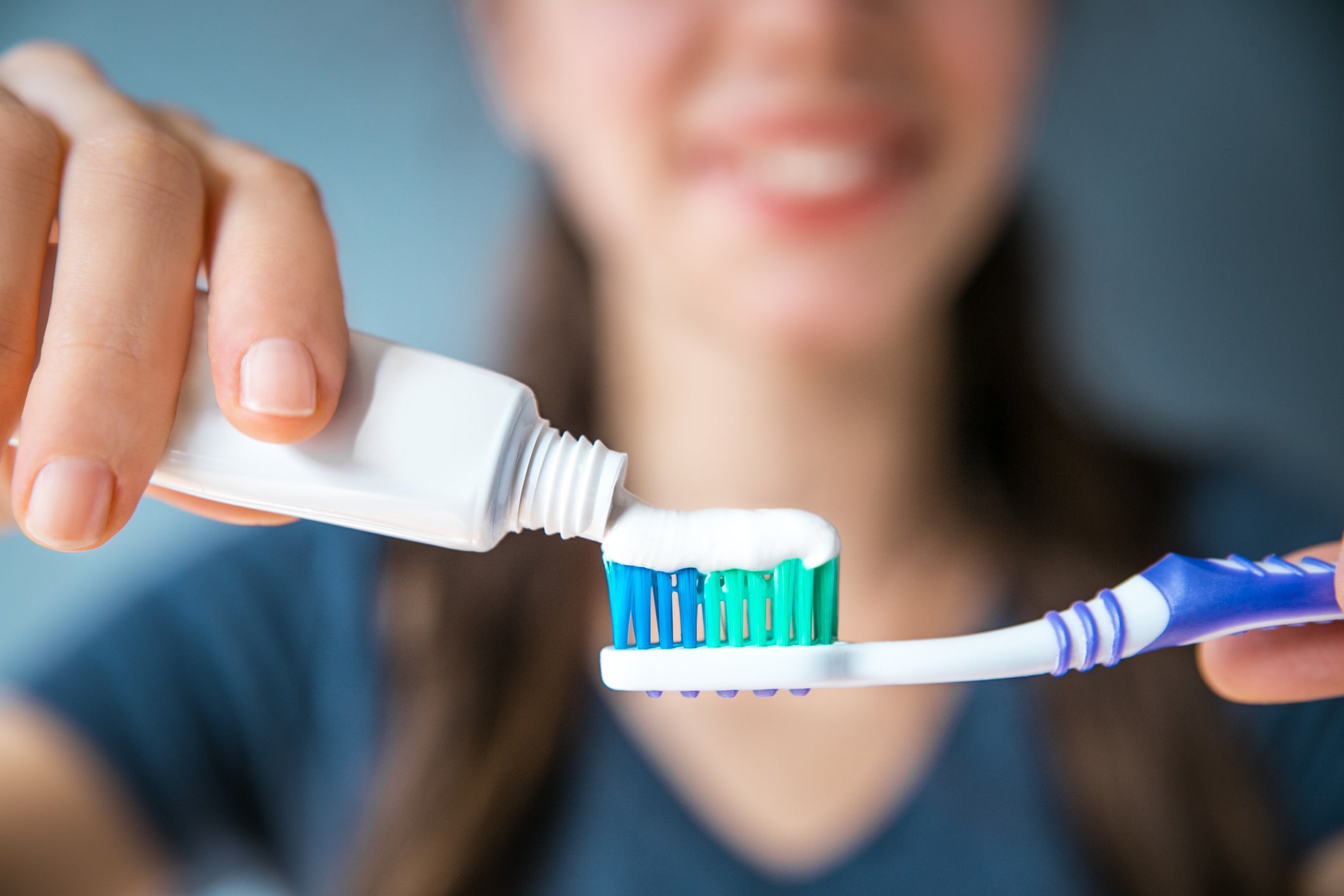How to Buy the Right Toothbrush

Do you feel overwhelmed every time you walk down the toothbrush aisle? Perhaps you have resorted to reaching for whatever’s on sale, buying a toothbrush because it’s your favorite color, or closing your eyes and choosing one at random. For the best results, you should make your selection more strategically. Brush up on how to buy the right toothbrush for your needs.
- Look for soft bristles: Check the packaging on different toothbrushes, and you’ll notice “soft,” “medium,” or “hard” on the label. Most people benefit from soft bristles, which clean your teeth effectively without damaging the enamel or irritating your gums. Just be careful to brush gently, even when using a soft-bristled brush, to avoid tooth sensitivity and receding gums.
- Find a small-headed toothbrush: The benefit of a small head is that the bristles can more easily reach behind your back molars. To make sure you scrub every hard-to-reach surface, avoid opening your mouth too far while brushing, which tends to push your toothbrush forward.
- Avoid cheap, no-name toothbrushes: Chances are those dollar-store toothbrushes are not approved by the American Dental Association. They may be made of inferior or even unsafe products, so leave them on the shelf.
- Choose a comfortable handle style: The toothbrush should fit comfortably in your hand. To achieve this, you may want one with a contoured handle or a flexible head that bends to reach every tooth with less effort on your part. These qualities come down to personal preference, so you may need to try a few styles to find what you like best.
- Consider an electric toothbrush: If you have trouble brushing for as long or as thoroughly as you should, an electric toothbrush could be a good investment. Studies show that electric toothbrushes remove more plaque than manual ones. The automatic bristle movement is especially beneficial for people with braces or limited wrist mobility.
- Shop wisely for your children: Babies and toddlers need the right toothbrush, too. Find one with a miniature head designed to fit their tiny mouths. While you’re at it, let your child select a toothbrush in a fun color or with a popular cartoon character that will encourage them to brush twice a day. Also, remember to use just a smear of kids’ toothpaste for safety in case they swallow rather than spit.
- Know when to replace your toothbrush: Eventually, your toothbrush will wear out, and you’ll need to shop for a new one again. Replace it every three months or when the bristles begin to look worn and frayed, whichever comes first. You should also replace your toothbrush after recovering from an illness to help prevent re-infection.
Brushing (and flossing!) every day is an effective way to maintain good oral health. However, it’s also important to visit the dentist every six months. Routine cleanings remove plaque and tartar to keep cavities and gum disease at bay. Schedule your next appointment at Park 56 Dental by calling (212) 826-2322 today.
RECENT POSTS
categories
- Uncategorized
- Cosmetic Dentistry
- Veneers
- Healthier Teeth
- Teeth Whitening
- Dental Health
- Video
- Dental Emergencies
- Invisalign
- Dental Implants
- Root Canal
- Sedation Dentistry
- Infographic
- Dental Crowns and Bridges
- Dental Anxiety
- Gum Disease
- COVID-19
- Bad Breath
- New York Dentist
- Cut out sugar
- General Dentistry
- Oral Health
- Oral Cancer
- Dry Mouth
- Gum Health
- Toothache
- Dental Sealants
- Cavities



